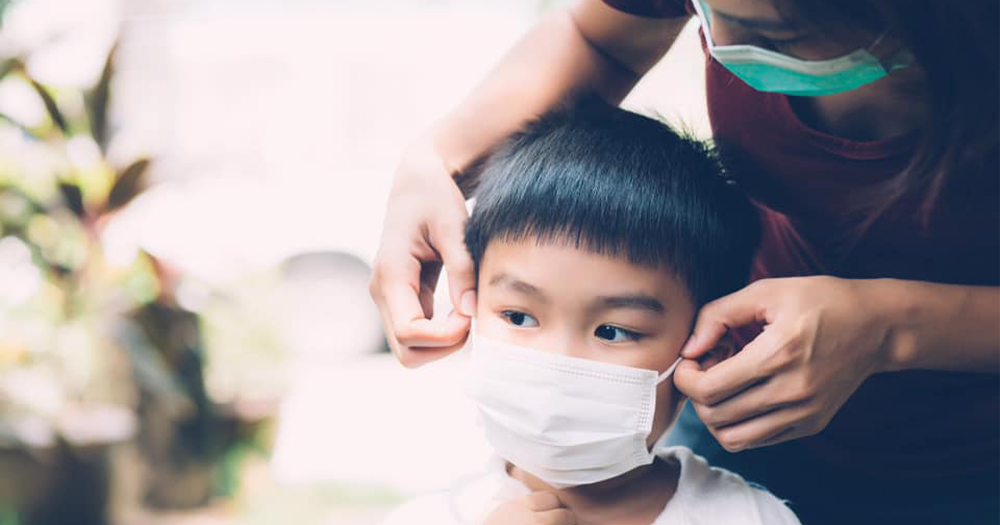Follow us on Telegram for the latest updates: https://t.me/mothershipsg
The Multi-Ministry Taskforce (MTF) has announced on Jan. 21 that the maximum isolation period for fully vaccinated individuals and children below the age of 12 years old will be reduced from 10 days to 7 days.
Those who are unvaccinated and aged 12 years and above will continue to have the maximum isolation period of 14 days.
Shorter isolation period, home recovery expanded to include children five to 11 years old
The MTF also announced that the age bracket suitable for Protocol 2 will now be expanded to include children aged five to 11 years old regardless of their vaccination status.
However, those who test ART positive in non-clinical settings but identify themselves as potentially at risk (such as the elderly, pregnant or immunocompromised) should still visit a doctor for medical advice even if they feel well.
Patients who are on Protocol 1 who are recovering well and whose symptoms have improved will be able to continue their recovery journey on Protocol 2.
Like other patients on Protocol 2, they can be discharged earlier and return to normal activities if they test negative on a self-administered ART taken 72 hours or more after their first positive Covid-19 test.
This will be progressively put in place in the next couple of weeks.
Protocol 2 can then be applied to all low-risk, asymptomatic individuals who are in Protocol 1 settings, such as:
- Covid-19 Treatment Facilities
- Those who test positive for Pre-departure Tests (PDT)
- Pre-event Testing (PET)
- Rostered Routine Testing (RRT)
- Mandatory traveller tests (e.g. On-arrival Tests (OAT)
- Tests taken at the end of Stay-Home Notice (SHN) periods
Low-risk individuals can recover safely under Protocol 2
Currently, lower-risk individuals with mild symptoms can now be diagnosed by their primary care doctors via a healthcare provider-administered Antigen Rapid Test (ART) and recover safely under Protocol 2.
Low-risk asymptomatic patients, including those who test positive on self-administered ARTs will continue to be managed under Protocol 2.
Those assessed by their doctors as high-risk patients such as the elderly and pregnant, or those with significant symptoms such as chest pain and shortness of breath will be managed under Protocol 1.
Top image via Ong Ye Kung/Facebook
Follow and listen to our podcast here
If you like what you read, follow us on Facebook, Instagram, Twitter and Telegram to get the latest updates.
